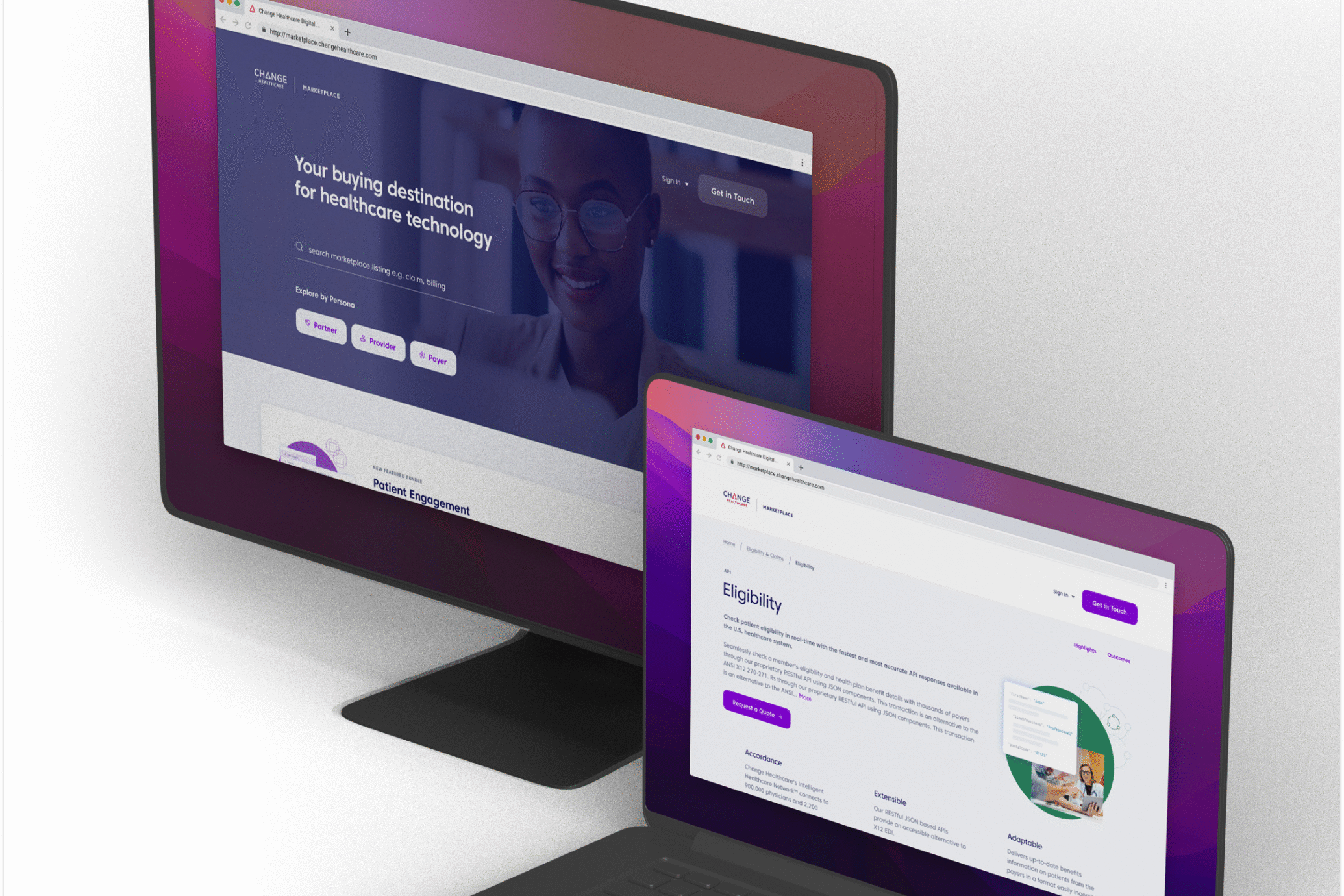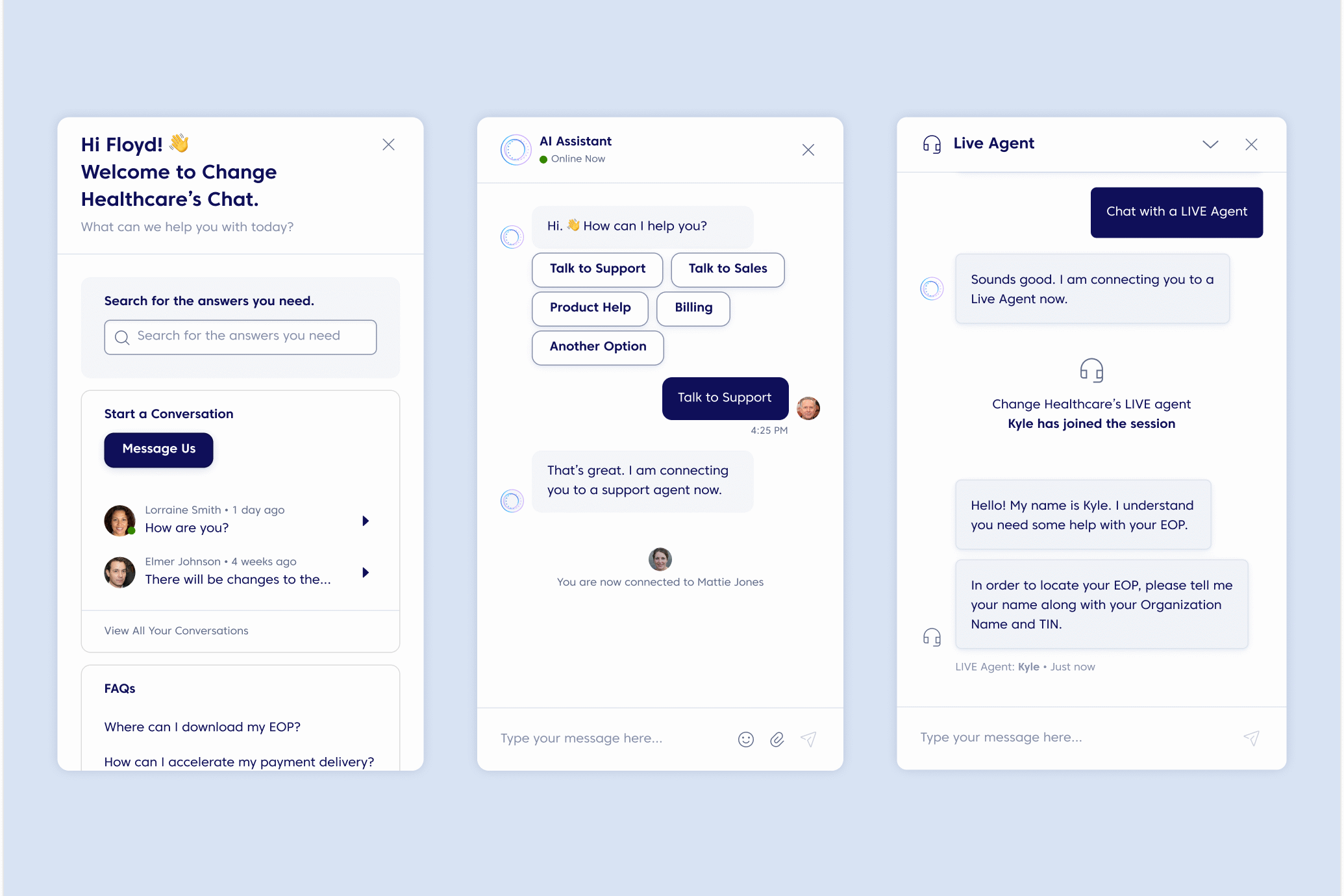CASE STUDY
Digital marketplace platform
Designed an enterprise-scale marketplace that brought clarity, speed, and trust to complex B2B transactions. Translated operational chaos into a unified buying experience that accelerated revenue and strengthened cross-functional alignment.
Designing clarity and speed into enterprise complexity
This project reminded me why I love solving complex problems. I led design for a digital marketplace connecting healthcare providers with 250+ products, including APIs, SaaS tools, and data services. The goal was to simplify the quote-to-contract process, which had historically slowed down deals and frustrated customers. Through systems thinking, cross-functional alignment, and data-informed design, we transformed an intricate workflow into a streamlined, intuitive experience that scaled enterprise-wide.
Outcomes
- 68% faster quote-to-contract time
- 18% increase in sales within one month
- $30M projected first-year revenue
We we focused on
- Mapped end-to-end purchase journeys to uncover inefficiencies and handoff friction between business and technical users.
- Introduced guided navigation and dynamic pricing modules for transparency and ease of comparison.
- Built modular design systems enabling rapid deployment across multiple product verticals.
- Facilitated design sprints to align sales, engineering, and legal around a unified user and business flow.
- Created an analytics dashboard to visualize quote performance, sales velocity, and user drop-off points for continuous optimization,
What helped
- Establishing a shared language of “speed, clarity, and confidence” across teams to break silos.
- Translating enterprise constraints into design opportunities, not roadblocks.
- Using iterative testing cycles to validate every assumption before committing to a complete build.
What I learned
This project proved that designing a marketplace isn’t about screens and flows; it’s about orchestrating trust, alignment, and momentum across business, operational, and engineering realities. I learned that success requires more than a functional product; it requires building a system that unifies vision, removes cognitive friction, and enables scale. Designing for transaction flow became designing for confidence, confidence in the product, the data, the process, and the outcome.
I realized that when a product simplifies complexity, inspires trust, and enables self-sustaining growth, it stops being a “solution” and becomes infrastructure. The marketplace wasn’t just launched; it changed how teams thought, how customers engaged, and how business value was realized. That’s when design stops decorating and starts leading.


